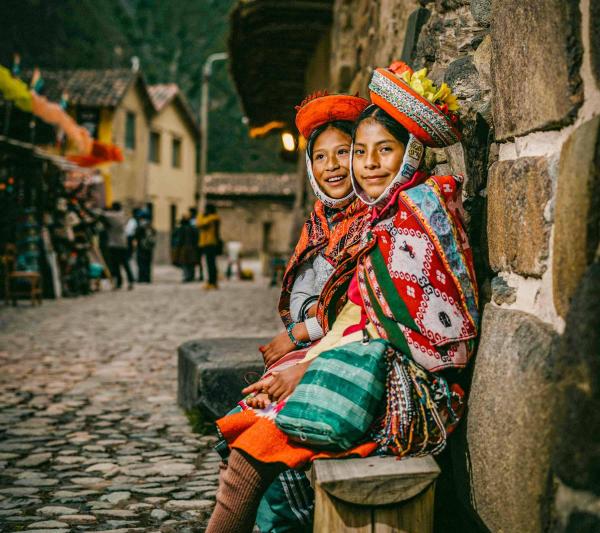Visiting Huascarán National Park is not only an impressive natural experience, it is also a living lesson about the effects of climate change. One of the most striking places is Pastoruri, a white giant in Peru that, year after year, loses part of its glacial mass. What was once an ideal place for skiing and mountaineering, today is a reminder of the accelerated melting that affects the Andes.
Every year, hundreds of national and foreign tourists arrive in Huaraz to start trekking routes that challenge the body and offer extraordinary landscapes: turquoise lagoons, Andean valleys, and snow-capped peaks. Huascarán National Park, with more than 340 thousand protected hectares, harbors many of these landscapes, with Pastoruri being one of the most visited.
Unfortunately, this snow-capped mountain has been losing a large part of its mass. The areas that were previously covered by perpetual snow now show exposed dark rocks, a clear sign of ice retreat. Although it can still be visited and photographed, its transformation continues and it has become a key destination for environmental awareness tourism.
Where is Pastoruri located?
Pastoruri is located in the department of Ancash, within the Huascarán National Park, in the heart of the Cordillera Blanca. It is located about 70 km south of the city of Huaraz, at an approximate altitude of 5,240 meters above sea level.
The Route to Pastoruri Snow-capped Mountain
Every day, groups of visitors depart from the city of Huaraz (3,100 m.a.s.l.) to travel one of the most well-known routes in Huascaran National Park. The round trip takes around 8 hours and usually starts between 8 and 9 in the morning. It is recommended to have a light breakfast to avoid discomfort due to altitude.
During the journey, many groups make a brief stop in the town of Ticapampa (3,250 m.a.s.l.) to acclimatize. It is common to drink coca tea and book lunch at one of the local restaurants, which are usually prepared to welcome hikers upon their return.
From Ticapampa, the road continues south along a highway that ascends to 4,830 m.a.s.l., the starting point of the hike to the Pastoruri snow-capped mountain. The hike is 3 kilometers uphill and another 3 kilometers back, with an average duration of between 1 hour and 1 hour and 15 minutes, depending on each person's pace. Due to the altitude, it is advisable to proceed calmly and avoid overexertion, especially on steep sections or stairs.
The final point of the route is at 5,240 m.a.s.l., at the foot of the glacier. From there, you can appreciate the Pastoruri snow-capped mountain and its surroundings, marked by the retreat of the ice and the exposed rock formations.
The Pastoruri Nowadays
Mauro Olaza, a local guide from Huaraz, remembers when Pastoruri was a center of attraction. The slopes of the snow-capped mountain gathered thousands of visitors and hosted ski and ice climbing competitions: "Everyone wanted to see the snow and play in it".
Today, that landscape has changed. Pastoruri has lost about a third of its volume in recent decades. The retreat has been so marked that it no longer qualifies as a glacier: to be one, it should recover part of its mass with annual snowfalls, which no longer happens.
The drop in the number of visitors was proportional to the retreat of the ice. Many local guides and merchants, like those who sold food and handicrafts on the way to the snow-capped mountain, abandoned their posts. On the other hand, the authorities tried to protect the place: they temporarily closed access, placed a layer of sawdust over the ice, and promoted the "climate change route" as an educational campaign. However, the results were limited.
What can be observed on the route to the snow-capped mountain?
Along the route, visitors encounter unique landscapes: vicuñas in the Andean pastures, Puya raimondii (one of the tallest plants in the world), and peaks that house tropical glaciers. The Huascarán National Park concentrates the largest number of these glaciers on the planet, but it is also one of the most vulnerable.
According to official data, glaciers in this region retreat up to 22 meters per year. This melting generates new unstable lagoons that could collapse and cause floods. Meanwhile, the average temperature in the area has increased by more than one degree since the pre-industrial era.
Pastoruri is today a visible testament to what is happening in the Andes. The signal is clear, but few are seeing it.
Best Peru tours
Huaraz is the natural best destination in Peru. If you are planning to visit Peru, We recommend exploring this city through trekking and hiking, as they are the best options to visit Huaraz and discover its beautiful landscapes. Additionally, you can enrich your experience by including a visit to the Machu Picchu citadel. Reserve our guided trips to Machu Picchu by contacting our travel experts, and you will be one step closer to completing your adventure.
- Amazon Inca Trail Lake Titicaca
- Ultimate Peru Adventure
- Best Peru Tour
- Peruvian Adventure Tours
- Peru Travelling
- Inca Trail Peru
If you need help securing your Machu Picchu ticket, let us know. We will assist you in booking. BOOK ONLINE MACHU PICCHU TICKET








